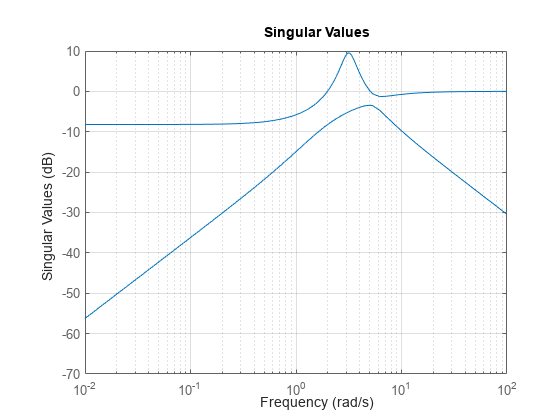hinfnorm
H∞ norm of dynamic system
Description
ninf = hinfnorm(sys)sys.
If
sysis a stable SISO system, then the H∞ norm is the peak gain, the largest value of the frequency response magnitude.If
sysis a stable MIMO system, then the H∞ norm is the largest singular value across frequencies.If
sysis an unstable system, then the H∞ norm is defined asInf.If
sysis a model that has tunable or uncertain parameters, thenhinfnormevaluates the H∞ norm at the current or nominal value ofsys.If is a model array, then
hinfnormreturns an array of the same size assys, whereninf(k) = hinfnorm(sys(:,:,k)).
For stable systems, hinfnorm(sys) is the
same as getPeakGain(sys).
Examples
Input Arguments
Output Arguments
Version History
Introduced in R2013b
See Also
getPeakGain | freqresp | sigma | norm
